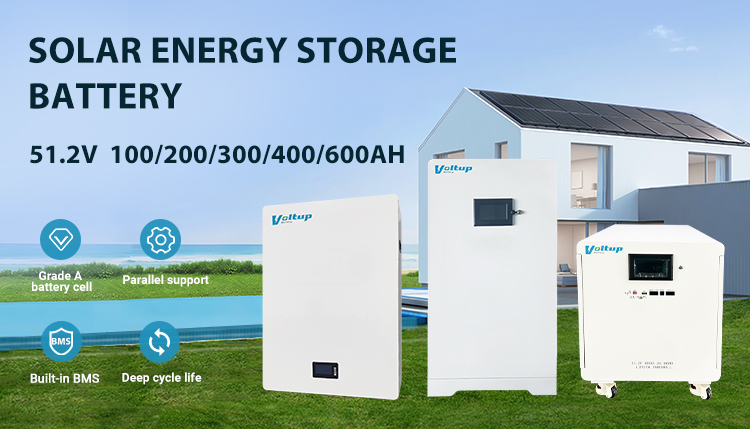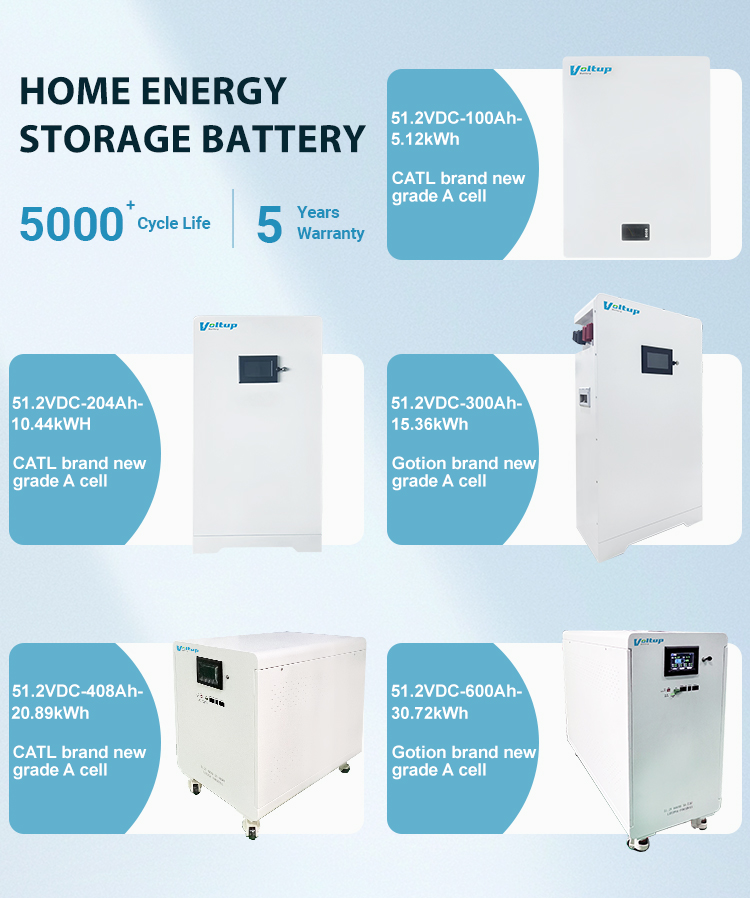How to Configure a Home Energy Storage System: A Comprehensive Guide
In recent years, home energy storage systems have gained significant traction, particularly in regions that experience frequent power outages or where renewable energy sources, like solar power, are becoming increasingly popular. Countries in the Middle East and regions like the Czech Republic have seen growing interest in such systems due to the need for energy independence, sustainability, and cost savings. A key component of these systems is the power wall battery, which stores energy for later use. But how do you configure the right setup for your home? More importantly, how do you choose the appropriate battery capacity? This guide delves into these questions while covering critical aspects for configuring a home energy storage system.
What is a Power Wall Battery?
A power wall battery is a rechargeable battery system that stores energy, especially from renewable sources like solar panels, and makes it available when needed. It is often mounted on the wall, making it a space-efficient solution for residential settings. These batteries are typically made using lithium iron phosphate (LiFePO4) technology, which is known for its safety, long lifespan, and efficiency.
For those looking to store significant amounts of energy, a power wall 10kWh LiFePO4 battery is a common choice. This type of battery can store up to 10 kilowatt-hours (kWh) of electricity, which is enough to power essential appliances during a blackout or to reduce reliance on the grid during peak times.
Determining Your Home’s Energy Needs
Before selecting a battery, it’s crucial to understand your home’s energy consumption. Here’s a step-by-step approach to determining the right battery capacity for your needs:
- Calculate Your Daily Energy Use
Start by reviewing your electricity bills over the last few months. Most energy providers show your daily average consumption in kilowatt-hours (kWh). For example, if your home uses about 20 kWh per day, this is your starting point for calculating battery capacity. - Decide How Much Backup Power You Need
You may not need to back up your entire home. Many people choose to power essential appliances such as refrigerators, lights, and internet routers during power outages. If these appliances use, say, 10 kWh per day, a power wall 10kWh LiFePO4 battery would be sufficient for a full day of backup. - Consider Your Solar Power Capacity
If you’re using solar panels to charge your battery, you’ll need to consider how much energy they generate daily. In sunnier regions, like parts of the Middle East, solar panels may generate more energy than in cloudier regions like the Czech Republic. Make sure your solar system and battery capacity align with your energy production and consumption patterns.
Choosing the Right Battery Capacity
When it comes to home energy storage, selecting the right battery capacity is crucial. One of the most popular configurations is a 51.2V 100Ah LiFePO4 battery, which provides approximately 5.12 kWh of energy storage. Let’s break down how you might choose between different battery options:
1. 51.2V 100Ah LiFePO4 Battery
This battery offers a capacity of 5.12 kWh, making it ideal for small to medium-sized homes or for those looking to back up only essential appliances. It’s a good fit for households that experience short power outages or have smaller solar panel arrays.
- Best suited for:
Homes with low to moderate energy consumption or those looking to power essential devices during short outages.
2. 51.2V 200Ah LiFePO4 Battery
With double the capacity, offering 10.24 kWh of storage, a 51.2V 200Ah LiFePO4 battery is more suitable for larger homes or those that experience longer outages. It’s an excellent option for homes that have higher energy consumption or for those with larger solar panel systems.
- Best suited for:
Larger homes or households looking to power nearly all appliances for a full day.
The Importance of Voltage: Why 51.2V?
Most home energy storage systems use a 51.2V lithium battery setup. But why is this voltage rating so common? The answer lies in efficiency and safety.
- Efficiency: A higher voltage allows for more efficient power conversion. Systems with 51.2V lithium batteries can handle larger loads without significant energy losses, making them ideal for powering homes.
- Safety: LiFePO4 technology is known for its thermal and chemical stability, making 51.2V lithium batteries safer to use in residential settings. They are less prone to overheating or catching fire compared to other lithium-ion chemistries.
Wall-Mounted Energy Storage Batteries
Homeowners often prefer wall-mounted energy storage batteries due to their space-saving design. Mounted on a wall in a garage, basement, or utility room, these batteries seamlessly integrate into the home without taking up valuable floor space.
For instance, a 200Ah 51.2V power wall LiFePO4 battery pack can be mounted on the wall and connected to your solar system or the electrical grid. These batteries are designed to be compact, durable, and aesthetically pleasing, making them an attractive option for modern homes.
Connecting Multiple Batteries
If you have significant energy needs, you may need more than one battery. Fortunately, power wall lithium batteries can often be connected in parallel or series to increase the total capacity.
For example, two 51.2V 100Ah LiFePO4 batteries can be connected in parallel to provide 10.24 kWh of storage. Alternatively, you could opt for a single 200Ah 51.2V power wall battery, which simplifies installation while providing the same storage capacity.
Conclusion
Setting up a home energy storage system is a great way to increase energy independence, save on electricity bills, and ensure power availability during outages. When configuring your system, it’s essential to carefully assess your energy needs and choose the appropriate battery. For many homes, a power wall 10kWh LiFePO4 battery will provide ample capacity, but it’s important to consider all available options, such as the 51.2V 100Ah LiFePO4 battery or the 51.2V 200Ah LiFePO4 model.
Whether you’re in a sunny region of the Middle East or a more temperate climate like the Czech Republic, a well-designed home energy storage system can provide peace of mind, cost savings, and a sustainable energy solution for years to come.
For more industry and product information, please contact us:
WhatsAPP/Tel: +86-18100835727
Email: support@voltupbattery.com
Post time: Sep-11-2024









